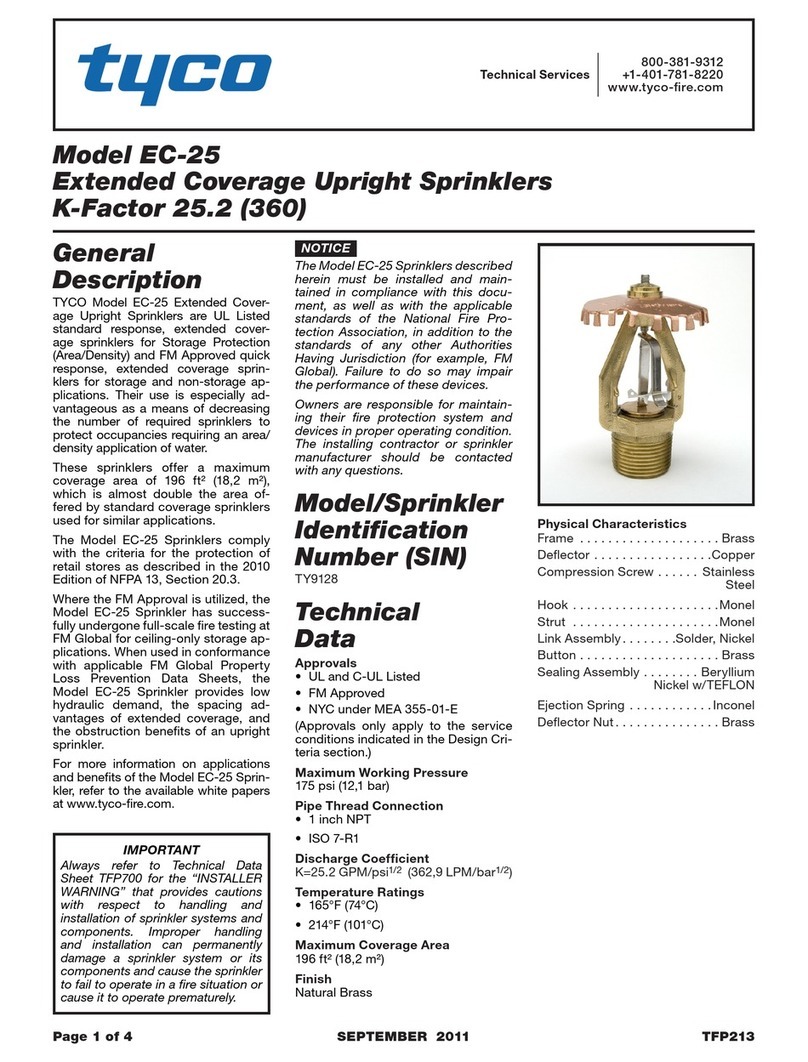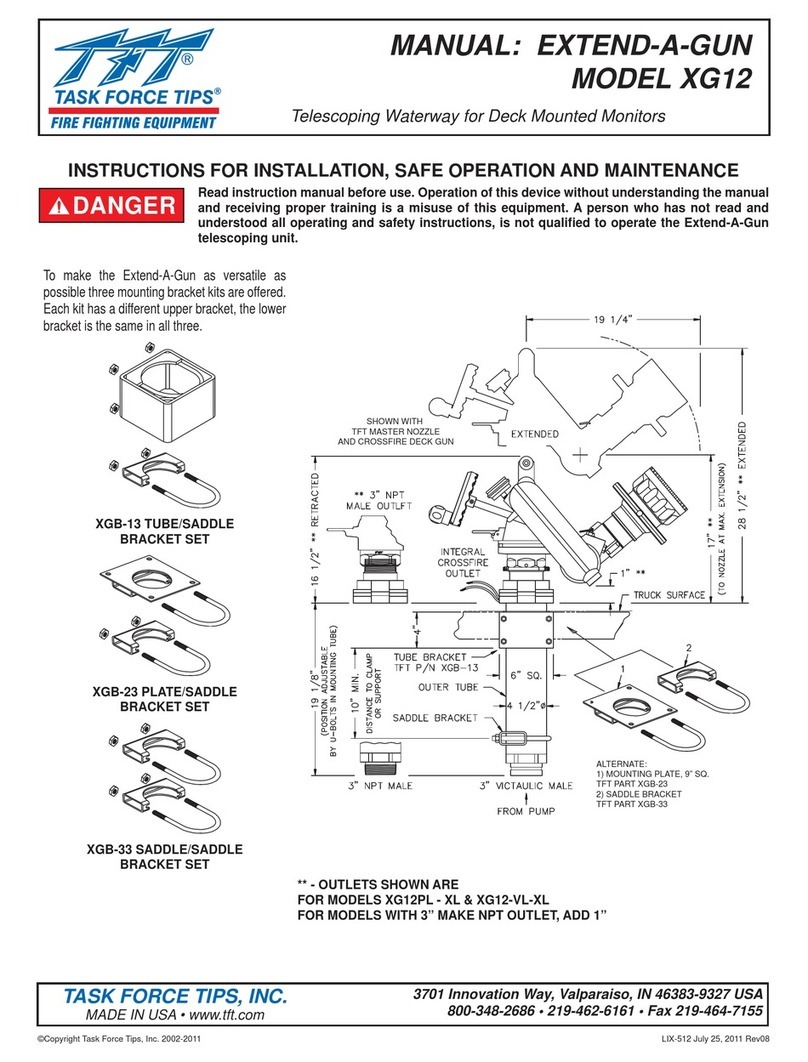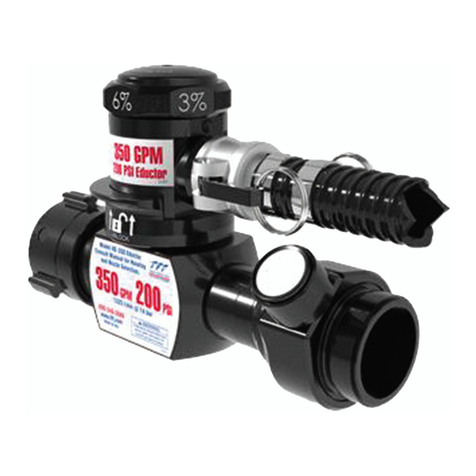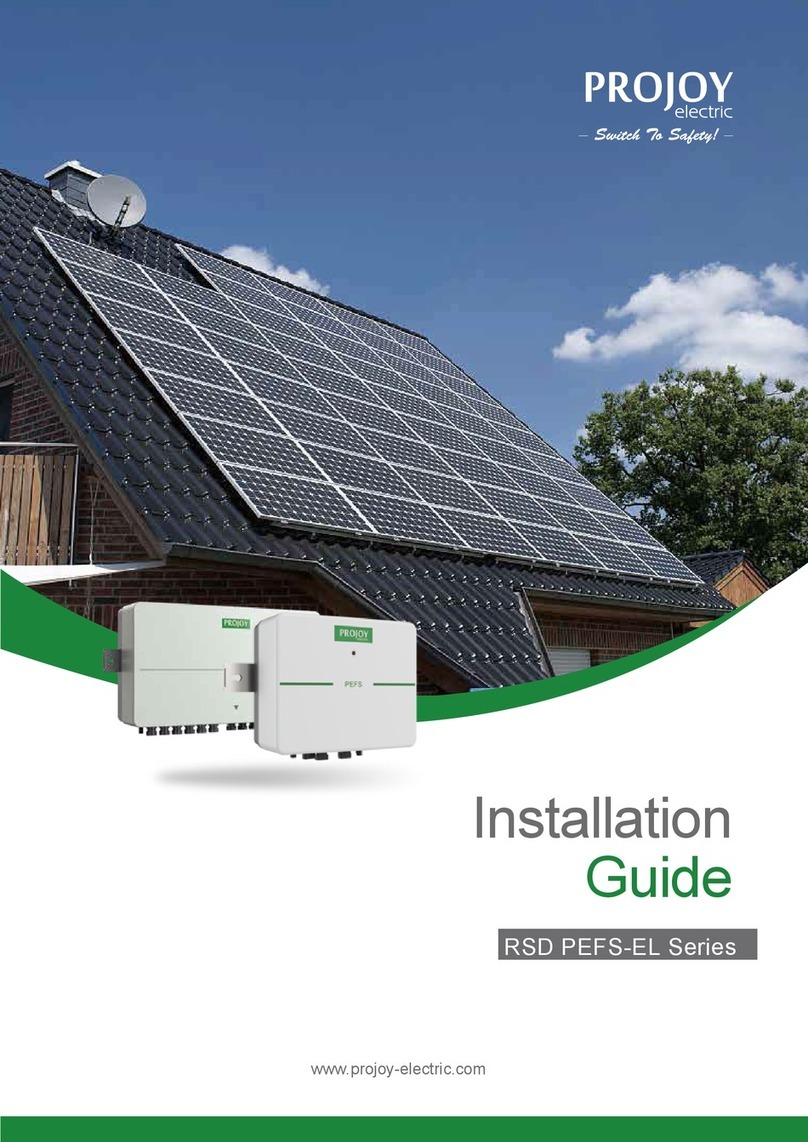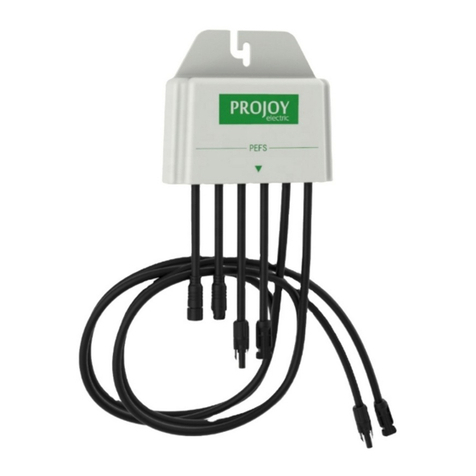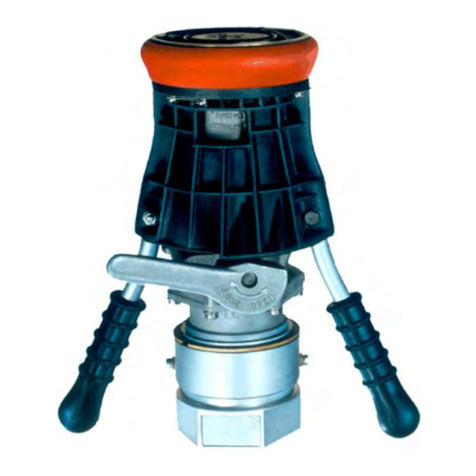
Meggitt Fuelling Products
Maintenance Manual (MMF251)
Hydrant Coupler – F251 Series
USE OR DISCLOSURE OF DATA ON THIS PAGE IS SUBJECT TO THE RESTRICTIONS ON THE TITLE PAGE OF THIS DOCUMENT
28 Feb 2014 Revision 4.0 15
5. Install felt wiper (4) in wiper groove of shroud (3).
6. Install shroud (3) on body (37). Make sure the latching lugs (7) are seated correctly for the
shroud to slide past.
7. Install seal (15) in seal groove on sleeve assembly (12) and secure with retainer (14). Install
O-ring (13) in O-ring groove of sleeve assembly (12).
8. Assemble links (31), clevis pin (30), washer (29) and cotter pin (28) on hinge (32).
MAKE SURE PIN (16) IS FLUSH OR BELOW THE SURFACE OF THE
HANDLE (17). FAILURE TO OBEY THIS CAUTION MAY CAUSE
DAMAGE TO PIN (16).
9. Apply petroleum jelly to new O-ring (21), and install O-ring (21), bushing (20), wiper (19) and
handle (17) on shaft (22). Secure handle (17) to the shaft (22) with pin (16).
10. Install shaft assembly into body (37) and through crank (27). Make sure crank (27) is oriented
with the hole for pin (26) farthest away from the flat of handle (17).
11. Drive pin (18) into the pin bore of body (37) to secure shaft assembly.
12. Install wave washer spring (11) and sleeve assembly (12) into body (37).
13. Rotate handle (17) to the CLOSED position. Align hole on crank (27) with hole on shaft (22)
and install pin (25) through crank (27) and shaft (22).
14. Put body (37) on the API-style Adapter (or equivalent) used during disassembly of the coupler.
Slide shroud (3) past body (37).
Note: The Allen wrench method may be used to prevent latching lugs (7) from catching onto
shroud (3) to slide shroud (3) past body (37).
15. Locate bow of links (31) on the hinge (32) and holes on top of link (31) with crank (27). Install
pin (26), washer (24) and cotter pin (23). The bow of links (31) shall be pointing 180° from
operating handle (17), when the handle is in the CLOSED position.
16. Rotate the handle (17) to the OPEN position. Install O-ring (33) on to hinge (32). Install poppet
(9) on to hinge (32). Apply thread lock on screws (10) and secure poppet (9) with screws (10),
and torque to 19 ±2 in-lbs.
17. Rotate handle to the CLOSED position; slide the shroud (3) up to the handle (17) until the
locks are engaged.




















